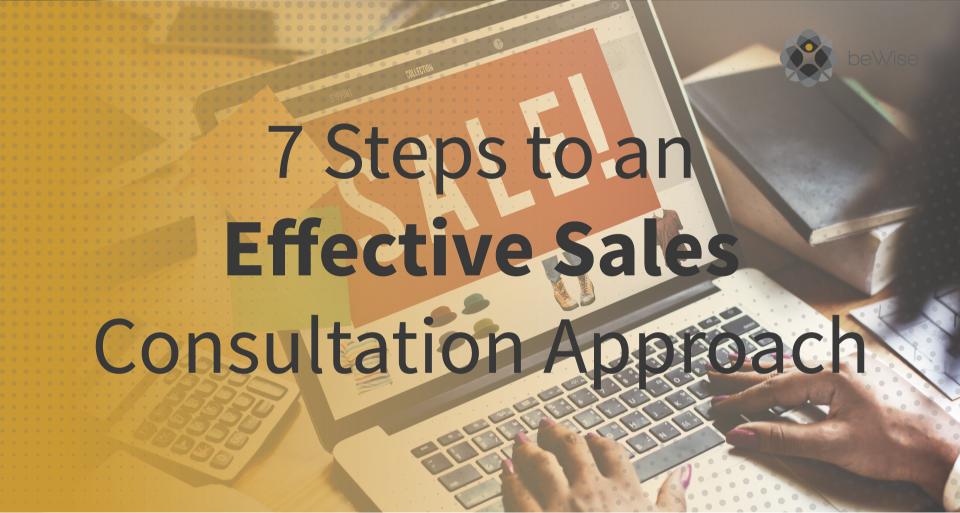A successful sales consultation can be the key to closing deals, but it's not just about pitching your product or service. It's about understanding your client's needs and providing tailored solutions.
According to a recent study by Salesforce, businesses that effectively manage their sales consultations, experience a 29% higher customer retention rate compared to those who don't.
In this blog, we'll walk you through seven essential steps to master the art of sales consultations.
Step 1: Research and Preparation
Before the consultation, gather information about your prospect's business, industry, pain points, and competitors. Knowing your client's background is the first step towards building trust.
Example: Aman, a sales consultant for a software company, researches the potential client, GenX Softwares. He gathers information on their industry, challenges, and any previous interactions.
Step 2: Building Rapport
Trust issues within teams can undermine delegation efforts. Leaders may doubt their team's capabilities, making it difficult to delegate important tasks.
Example: During the initial meeting, Aman takes time to establish a personal connection with the client. He discusses shared interests and demonstrates genuine interest in GenX Softwares' success.
Step 3: Needs Assessment
Listen actively to your client's challenges and goals. Ask open-ended questions to uncover their specific needs and pain points. Remember, it's about them, not you.
Example: Aman asks open-ended questions to understand GenX Softwares' pain points, such as inefficient processes and low customer satisfaction. He encourages the client to express their needs and concerns.
Step 4: Tailored Solutions
Based on the information gathered, present solutions that directly address your client's needs. Demonstrate how your product or service can provide value and solve their problems.
Example: Based on the client's challenges, Aman customises his software solutions presentation. He highlights how his product can streamline GenX Softwares’ operations and enhance customer service.
Step 5: Handling Objections
Be prepared for objections and questions. Address them confidently and professionally. This is an opportunity to further clarify and strengthen your offering.
Example: GenX Softwares expresses concerns about implementation costs and potential disruptions. Aman provides case studies and testimonials from similar clients who achieved ROI quickly.
Step 6: Closing the Deal
Once your client is satisfied with the proposed solution, guide them through the next steps of the sales process. Make it easy for them to commit.
Example: After addressing concerns and showcasing the value of his solution, Aman confidently asks for the sale. He outlines the terms, pricing, and any special offers.
Step 7: Follow-Up
After the consultation, send a personalised follow-up email summarising the discussion and any action items. This demonstrates your commitment and professionalism.
Example: Even after the sale, Aman maintains contact with GenX Softwares. He sends thank-you notes, conducts post-implementation check-ins, and continues to offer support.
Conclusion
Effective sales consultations are a blend of preparation, empathy, and communication. By following these seven steps, you'll not only close deals but also build long-lasting client relationships.
Ready to master your sales consultation approach? Connect with us today! With our strategic solutions, you can elevate your sales game and achieve your business goals.

